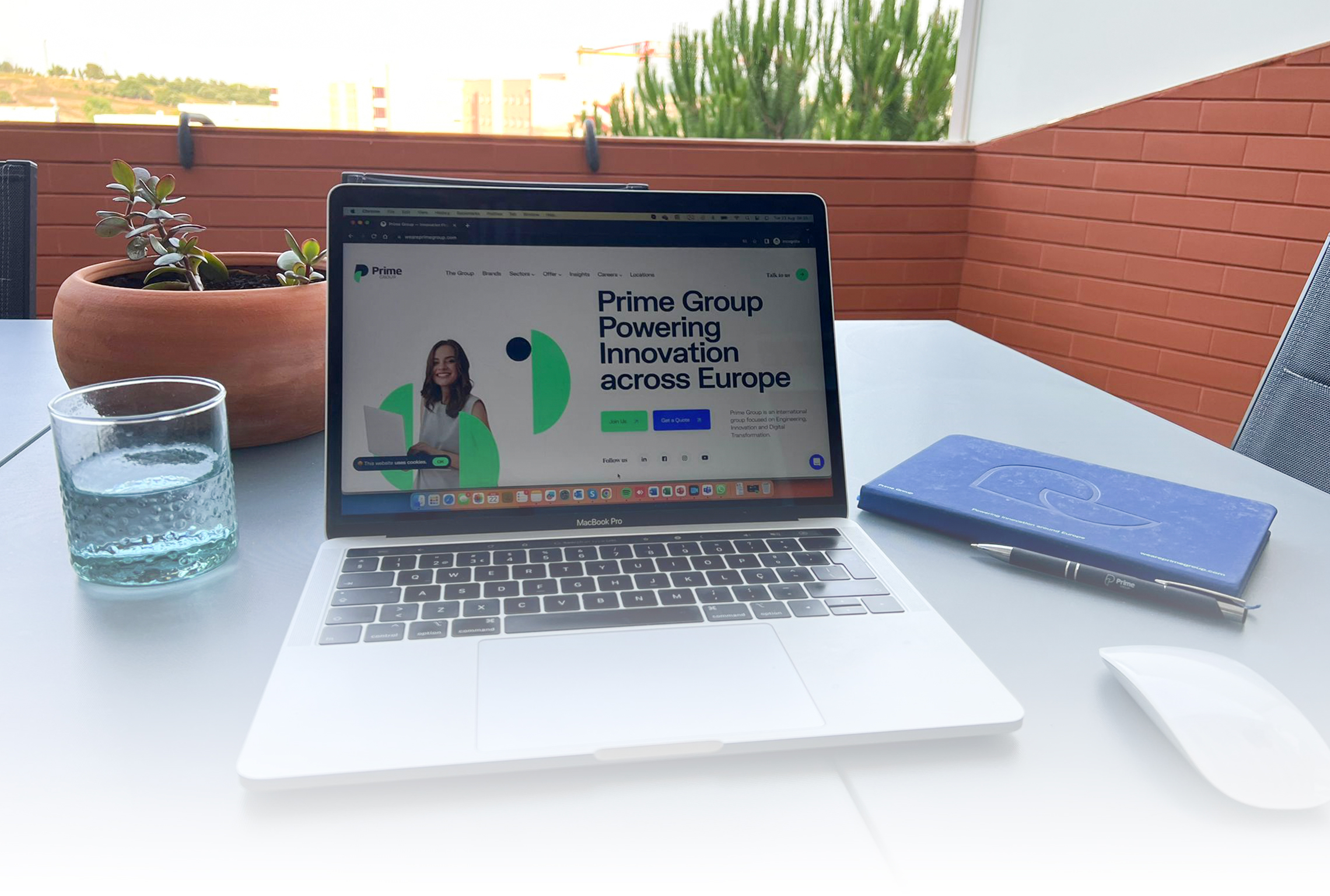Flexibility in the Workplace: Embracing Dynamic Work Environments
Flexibility should be discussed in light of a company's corporate values and culture. This ensures that it is most beneficial for its employees.
Company Culture
August 24, 2023
8 minutes read

“”
Workplace flexibility offers numerous benefits for employees, enhancing their overall well-being, job satisfaction, and work-life balance.
Flexibility in the workplace has emerged as a pivotal driver of success, revolutionizing how organizations function and employees thrive.
At its core, workplace flexibility embodies an organization’s ability to empower its workforce by offering adaptable options and accommodations that harmonize professional commitments with personal aspirations.
What is flexibility in the workplace?
Flexibility in the workplace refers to the ability of an organization to provide employees with options and accommodations that allow them to have a greater work-life balance. This allows them to align their work responsibilities with their personal needs and preferences. Flexible work arrangements can take several forms and impact workplace culture greatly.
Flexible Hours:
Employees might have the option to adjust their start and end times within a certain range. This allows them to accommodate personal commitments, traffic, or other scheduling challenges.
Remote Work:
Remote work allows employees to work from locations other than the office, either on a full-time or part-time basis. This can provide greater autonomy and the ability to better integrate work and personal life.
Job Sharing:
With job sharing two or more employees may split the responsibilities and hours of a single full-time role, allowing each person to work part-time while still providing the necessary coverage for the role.
Flexibility in Tasks and Roles:
Allowing employees to have input into the projects they work on, their roles, and responsibilities, enabling them to align their tasks with their strengths and interests.
There are other types of flexible work arrangements. For example, while parental leave is common in most European countries, and government mandated in many, in places such as the USA it is not yet a standardized policy. Parental leave is, therefore, considered a type of flexible work arrangement, such as sabbatical leaves or paid vacation days.
The goal of workplace flexibility is to create an environment where employees can achieve a better work-life balance, reduce stress, and ultimately increase job satisfaction and productivity. It recognizes that employees have diverse needs and circumstances outside of work and seeks to accommodate those needs while still maintaining business operations and achieving organizational goals. In fact, flexibility in the workplace can be a driver of success in organizations, helping with talent attraction and retention, as well as employer branding.
What are the benefits of workplace flexibility for employees?
Workplace flexibility offers numerous benefits for employees, enhancing their overall well-being, job satisfaction, and work-life balance.
Improved Work-Life Balance:
Employees can better manage personal commitments, such as family responsibilities, health needs, and personal interests, without sacrificing their job performance.
Reduced Stress:
The ability to tailor work hours and locations to one’s needs can lead to decreased stress levels, as employees can avoid lengthy commutes and better handle life’s demands.
Increased Job Satisfaction:
When employees feel trusted and empowered to manage their work in a way that suits them, their job satisfaction tends to rise.
Enhanced Mental Health:
Flexibility can positively impact mental well-being by reducing the strain of juggling work and personal obligations.
Physical Health and Well-being:
Reduced stress and better work-life balance can contribute to improved physical health and overall well-being.
Higher Productivity:
Working during times when one is most focused and productive can lead to higher output and quality of work.
Greater Autonomy:
Flexibility fosters a sense of autonomy and self-direction, allowing employees to take ownership of their work processes.
Personal Development:
With increased control over their schedules, employees can pursue educational opportunities, skill development, and personal interests.
Reduced Absenteeism:
Flexibility can minimize the need for unscheduled time off and sick days, as employees can better manage their workloads and health.
Support for Caregivers:
Those responsible for children, elderly family members, or individuals with special needs can more effectively balance their caregiving responsibilities with work.
Workplace flexibility offers a host of advantages that contribute to employees’ overall happiness, productivity, and satisfaction. Ultimately, this leads to a more harmonious work environment and to happier workers.
What are the benefits of workplace flexibility for employers?
Workplace flexibility provides numerous advantages for employers as well, contributing to a more efficient and motivated workforce, improved business outcomes, and a positive organizational reputation. Some of the key benefits of flexibility in the workplace include:
Increased Productivity:
Flexibility enables employees to work during their most productive hours, leading to better task management and higher overall productivity.
Talent Attraction and Retention:
Offering flexibility makes your organization more appealing to top talent, increasing your talento attraction and talent retention.
Reduced Turnover Costs:
When employees have work arrangements that align with their needs, they are more likely to stay with the company, reducing turnover-related expenses.
Enhanced Employee Engagement:
Flexibility fosters a sense of ownership and commitment, leading to higher levels of engagement and motivation.
Wider Talent Pool:
Embracing flexible work arrangements allows you to tap into a diverse pool of candidates, including those with unique circumstances or skills. Taping into qualified talent pools in a definite advantage, unblocked by flexible work arrangements.
Cost Savings:
Remote work options can lead to reduced overhead costs related to office space, utilities, and equipment.
Adaptation to Changing Workforce Trends:
As the nature of work evolves, offering flexibility demonstrates your organization’s ability to adapt to current workforce trends and preferences.
Improved Workforce Diversity and Inclusion:
Flexible arrangements cater to a variety of needs, contributing to a more inclusive work environment.
Positive Employer Branding:
Organizations that prioritize employee well-being and work-life balance often enjoy a positive reputation, which can attract customers and partners.
Reduced Absenteeism:
Flexible arrangements can help employees better manage their personal commitments, reducing the need for unscheduled absences.
Higher Employee Morale:
A workplace that respects employees’ needs and offers flexibility creates a more positive and motivated workforce.
Innovation and Creativity:
Empowered employees who have control over their work arrangements are more likely to think creatively and contribute innovative ideas.
Customer Service:
Flexible work options can lead to extended customer service availability, improving client satisfaction.
Employee Health and Well-being:
Prioritizing flexibility contributes to employee well-being, leading to improved physical and mental health, and ultimately reducing healthcare costs.
In summary, workplace flexibility benefits employers by fostering a more engaged, productive, and satisfied workforce, while also offering strategic advantages like talent retention, cost savings, and adaptability in the face of changing work dynamics.
Prime Group’s example of flexibility in the workplace:
There is no formula for a flexible workplace. In the end, companies should decide what type of flexibility is better for their company culture. It is also important to note that flexibility in the workplace, while valuable, is not right for every company model and sector.
Prime Group is composed of several companies in several countries and markets. Some of these companies are aligned with total remote work flexibility and flexible hours, while others are more aligned with flexibility in tasks and roles.
Ultimately, flexibility should be discussed in light of a company’s corporate values and culture. This ensures that it is most beneficial for its employees, as corporate values and cultural alignment should be at the center of the recruitment process, thus guaranteeing a positive workplace culture.







